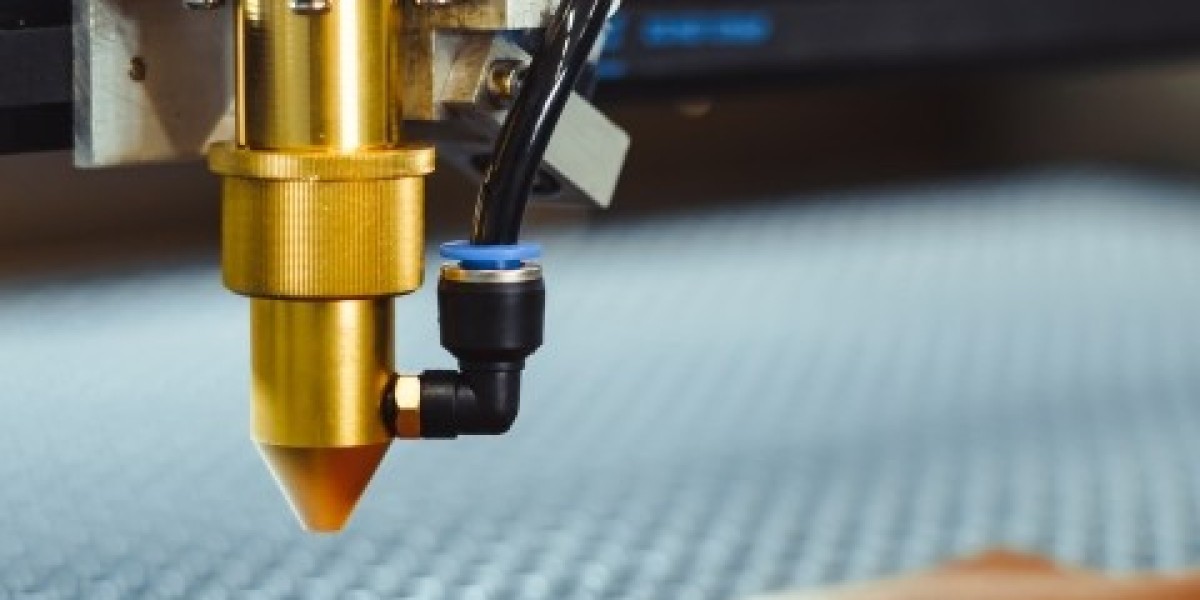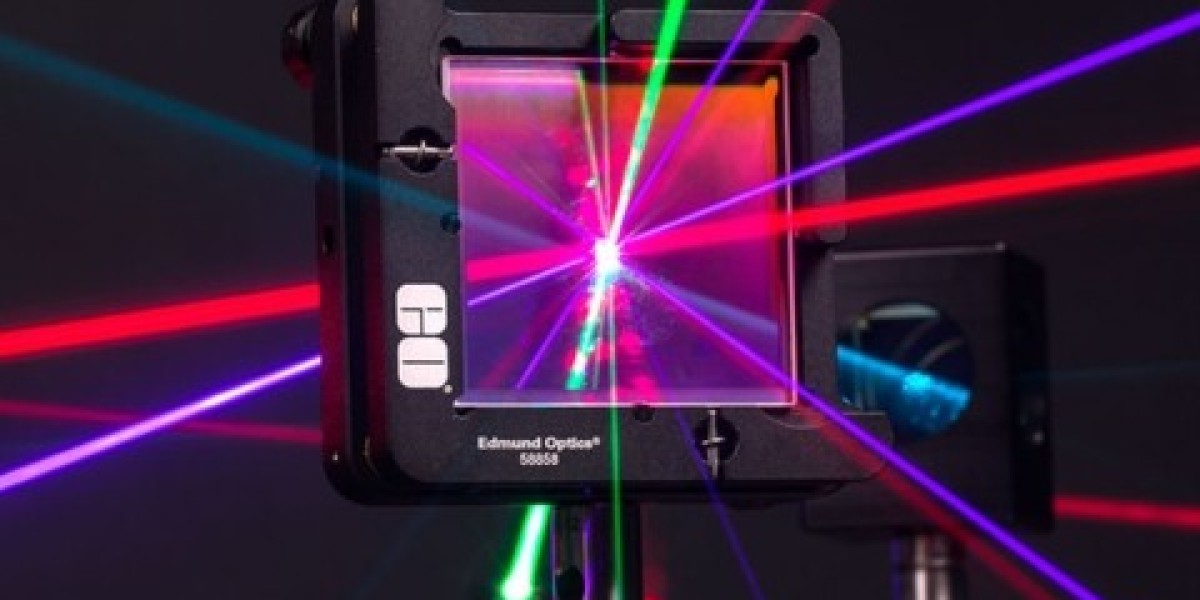CNC machining has revolutionized the manufacturing industry, allowing for precise and efficient production of intricate parts and components. Whether you're a seasoned professional or just starting out in the world of CNC machining, mastering the ins and outs of this technology is crucial for success. In this guide, we'll walk you through everything you need to know to become proficient in CNC machining, from understanding the basics to optimizing your processes for maximum efficiency and quality.
Understanding CNC Machining: CNC (Computer Numerical Control) machining is a manufacturing process that utilizes computerized controls to operate and manipulate machine tools. Unlike conventional machining, which requires manual operation and supervision, CNC machining allows for automated precision machining of complex shapes and geometries.
Key Components of CNC Machining:
- CNC Machine: The heart of CNC machining, these machines come in various types such as milling machines, lathes, and routers. Each type is specialized for different machining operations.
- CAD/CAM Software: Computer-Aided Design (CAD) and Computer-Aided Manufacturing (CAM) software are essential for designing parts and generating toolpaths for CNC machining.
- Cutting Tools: High-quality cutting tools such as end mills, drills, and inserts are used to remove material from the workpiece.
- Workholding Devices: Fixtures, chucks, and vises are used to secure the workpiece in place during machining.
Basic CNC Machining Operations:
- CAD Design: Start by designing your part using CAD software, ensuring precise dimensions and specifications.
- CAM Programming: Generate toolpaths and G-code instructions using CAM software based on your CAD design.
- Machine Setup: Load the CNC program into the machine's control unit and set up the workpiece and cutting tools.
- Machining: Execute the CNC program to perform cutting operations according to the programmed toolpaths.
- Inspection: After machining, inspect the finished part to ensure it meets quality standards.
Optimizing CNC Machining Processes:
- Material Selection: Choose the right material for your application, considering factors such as strength, machinability, and cost.
- Tool Selection: Select cutting tools based on the material being machined, cutting speeds, and desired surface finish.
- Cutting Parameters: Optimize cutting speeds, feeds, and depths of cut to maximize material removal rates while maintaining dimensional accuracy.
- Workholding Optimization: Use efficient workholding techniques to minimize setup time and maximize machining stability.
- Toolpath Optimization: Optimize toolpaths to minimize tool travel distance, reduce machining time, and improve surface finish.
- Tool Maintenance: Regularly inspect and maintain cutting tools to ensure optimal performance and longevity.
Advanced CNC Machining Techniques:
- Multi-Axis Machining: Utilize multi-axis CNC machines for simultaneous machining operations on multiple axes, enabling complex geometries and contours.
- High-Speed Machining: Implement high-speed machining techniques to increase productivity and reduce cycle times while maintaining accuracy.
- Trochoidal Milling: Employ trochoidal milling strategies to minimize tool wear and improve chip evacuation in high-speed machining applications.
- Adaptive Machining: Use adaptive machining strategies to dynamically adjust cutting parameters based on real-time feedback, optimizing machining efficiency and tool life.
Conclusion: Mastering CNC machining requires a combination of technical knowledge, practical experience, and continuous improvement. By understanding the fundamentals of CNC machining, optimizing machining processes, and leveraging advanced techniques, you can achieve precision, efficiency, and quality in your manufacturing operations. Keep experimenting, learning, and refining your skills to stay ahead in the ever-evolving world of CNC machining.








